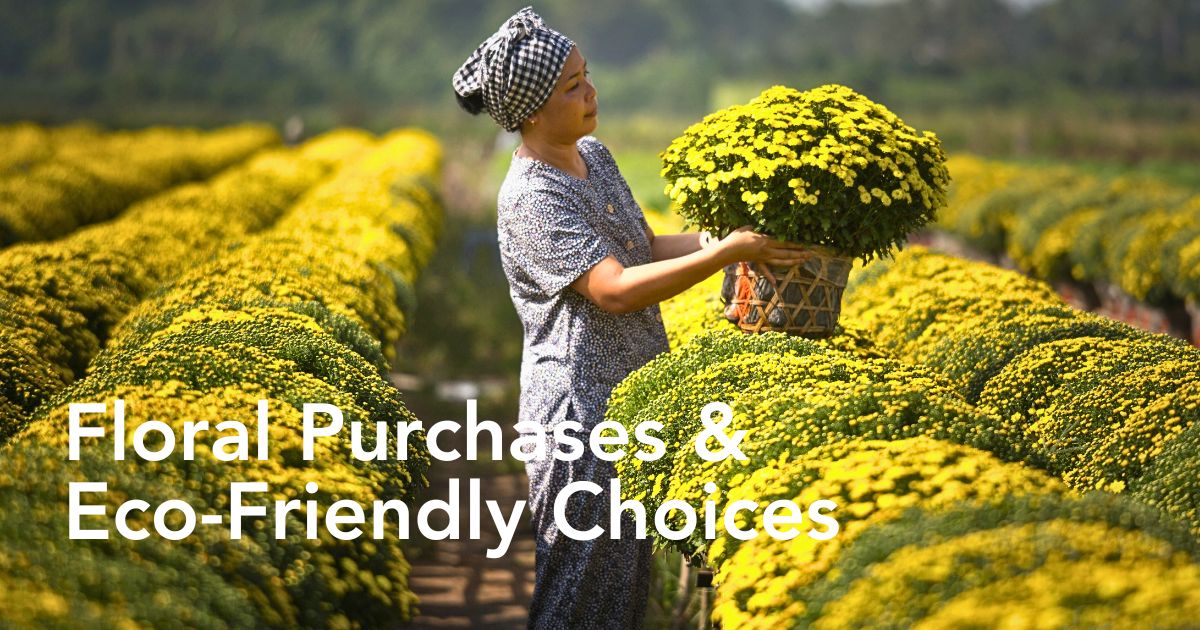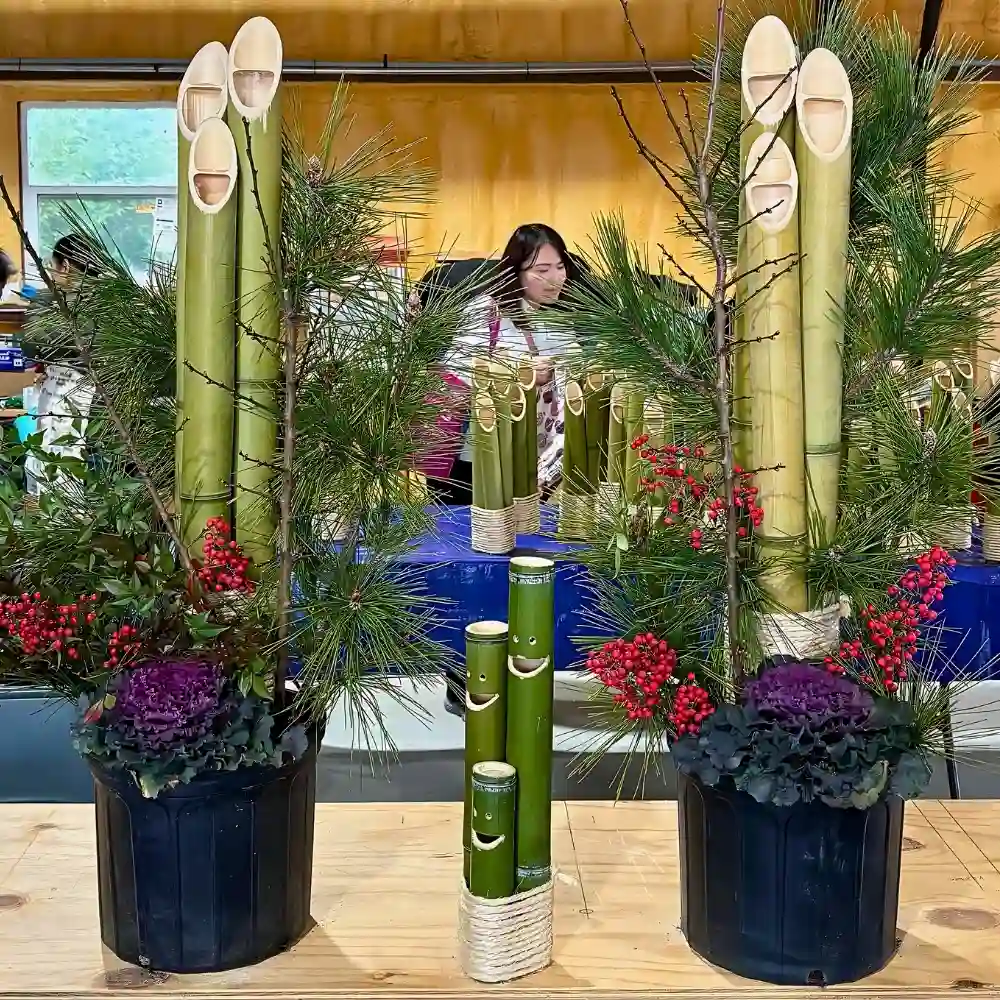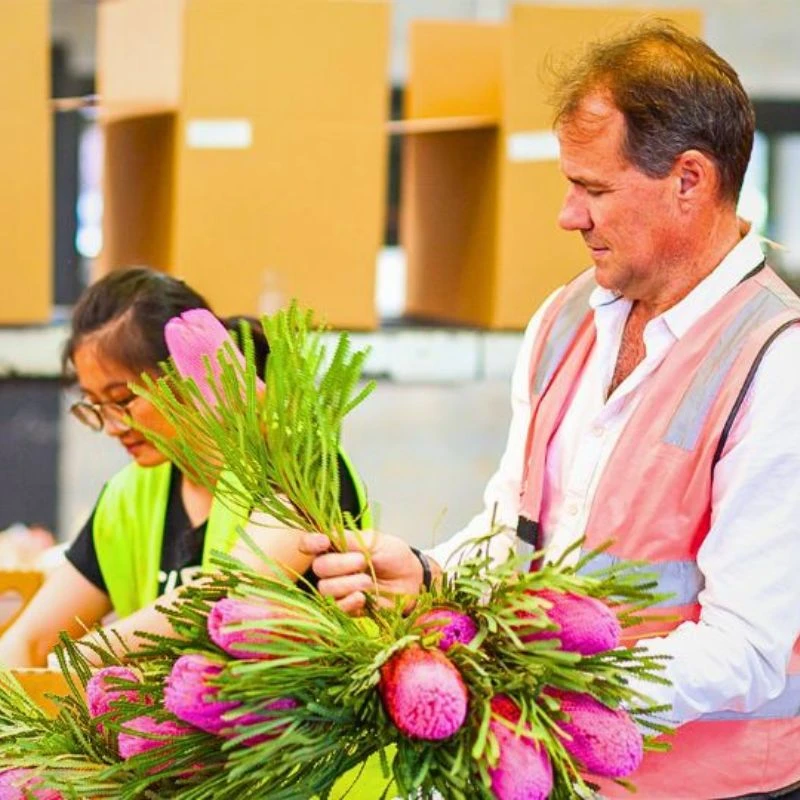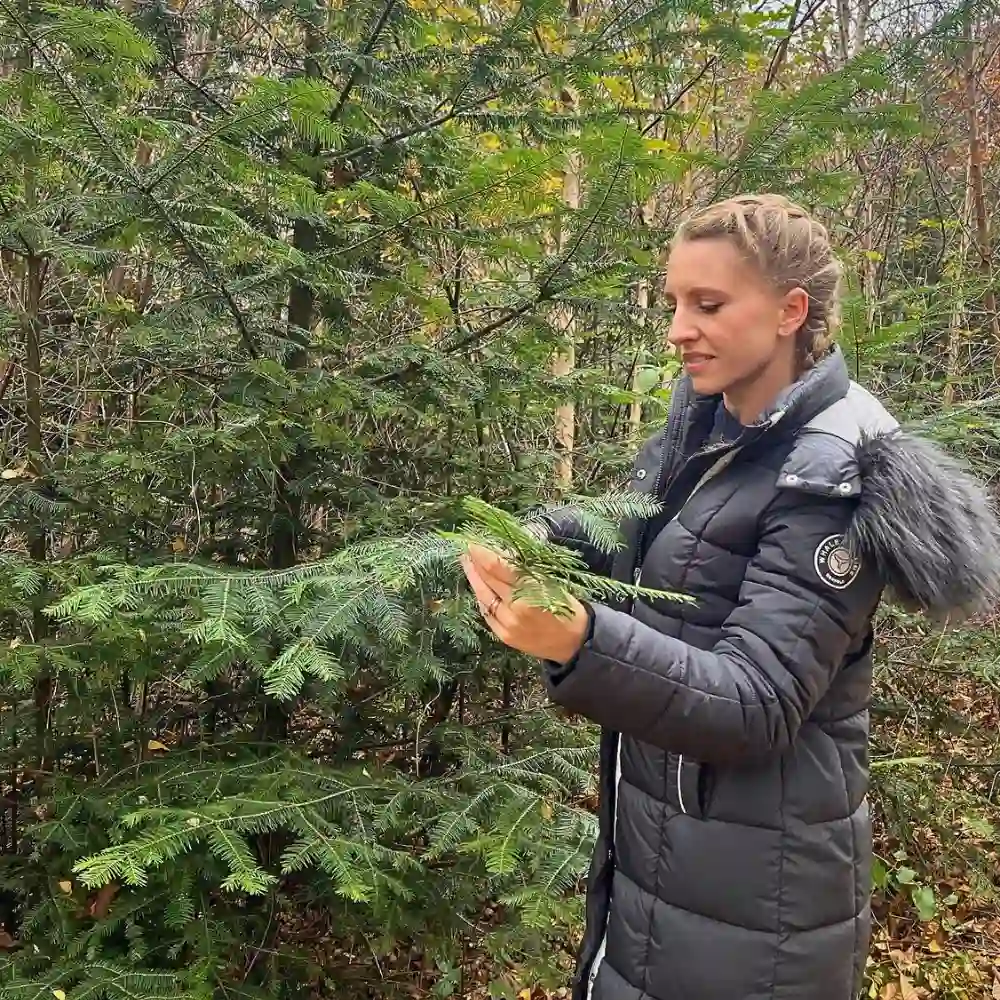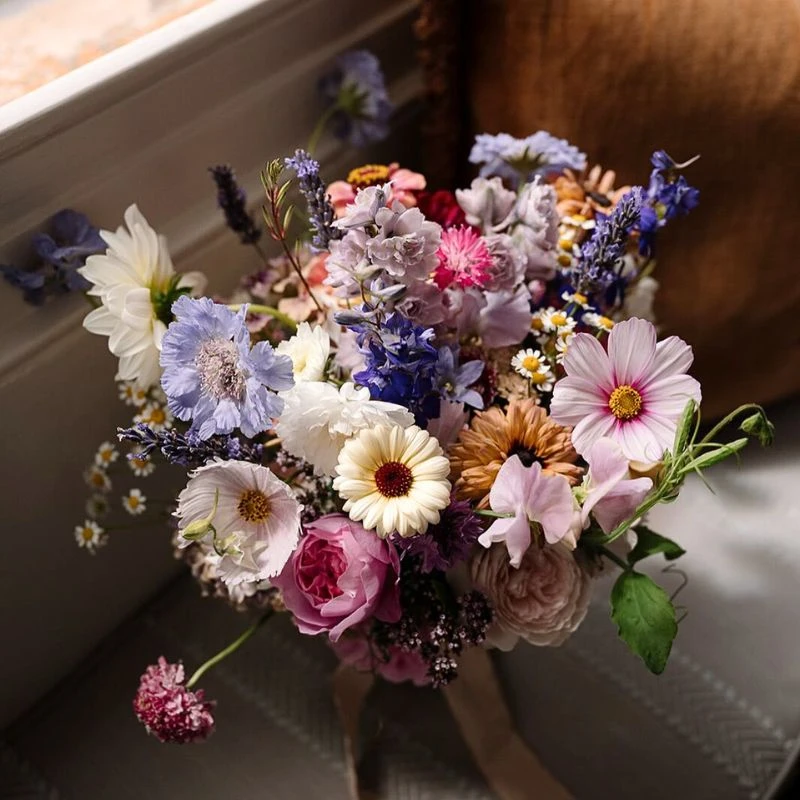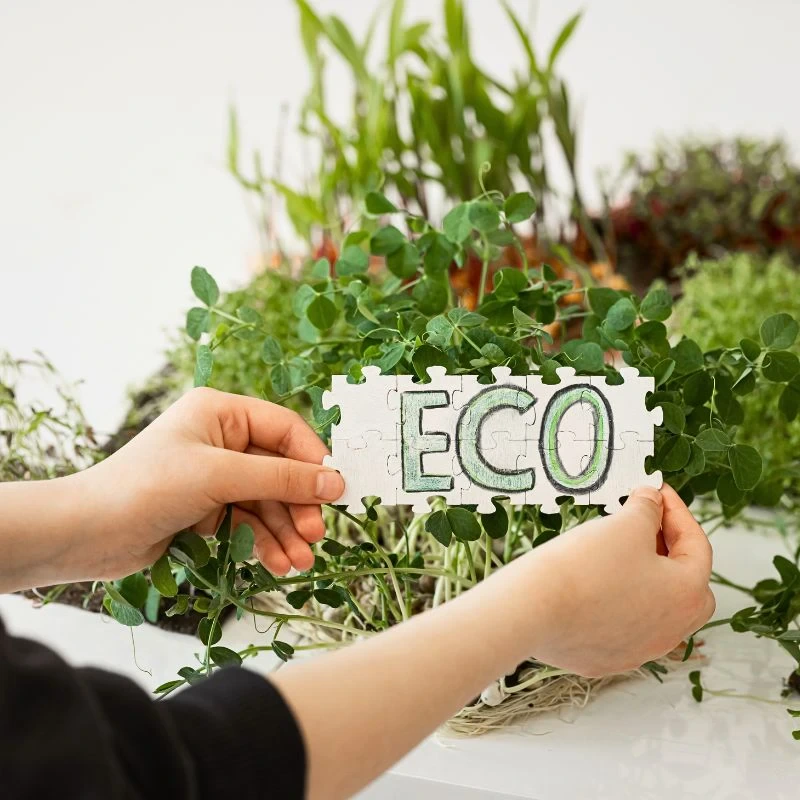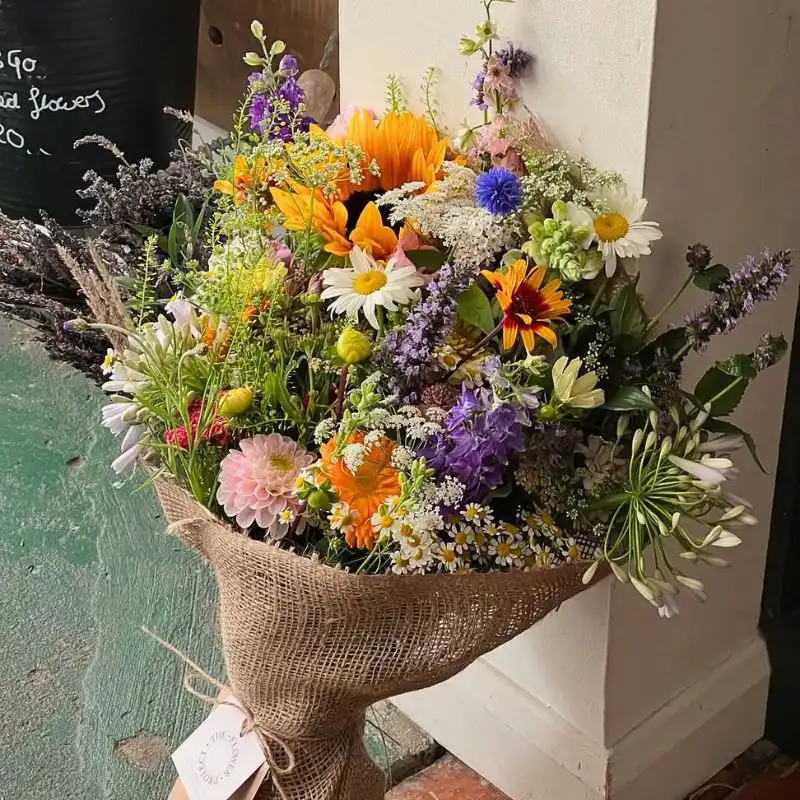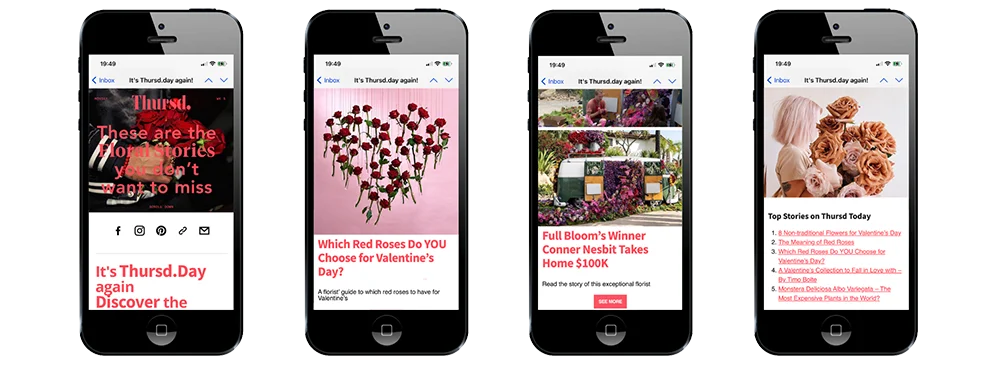Suppose you have been walking through the flower aisles lately, browsing your favorite online floral shop, scrolling through social media, visiting your local farmers market, or chatting with your florist. In that case, you might have noticed something intriguing. More and more people are asking firm questions about their flower purchases. The conversation around flowers is also changing. People no longer just ask, "Are these flowers pretty?" They also ponder other factors, like: Where did these beautiful stems come from? How were they grown? What's their back story?
Essentially, today’s consumers would want to know what impact these flowers have had on not just the planet but also on other people, before they are arranged in vases, bouquets, wreaths, and other designs. This shift in their thinking is reassuringly satisfying. It is why sustainable flowers are everywhere nowadays. And by all indications, it is not just another fad. It all comes down to what matters in the floral sector. For the flower industry? It means keeping up with these new expectations.
What ‘Sustainable Flowers’ Broadly Means
The term ‘sustainable flowers’ gets thrown around a lot. But what does it actually include? For starters, growing practices matter, regardless of the location. While not every sustainable farm carries organic certification (the process can be quite costly for some small startup operations), the vast majority of growers follow all the principles of sustainable flower cultivation.
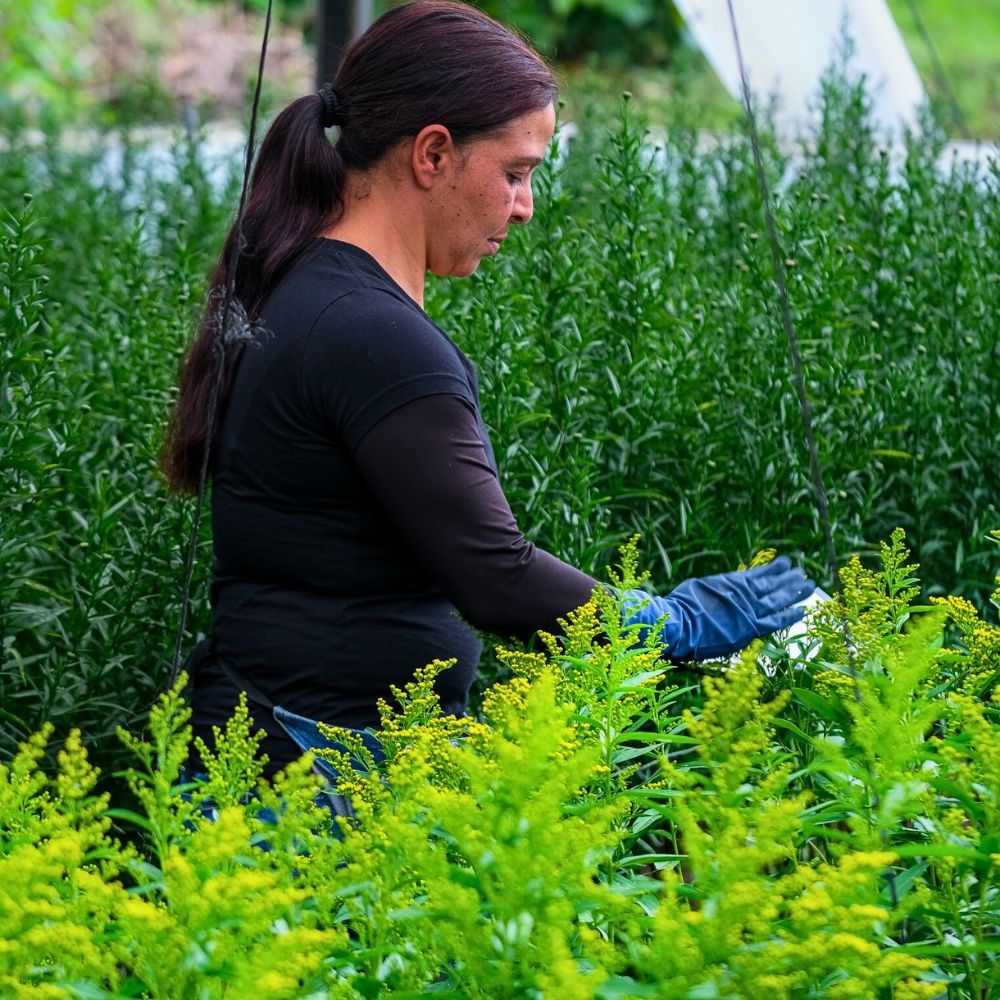
They build healthy soil ecosystems, avoid synthetic pesticides, and work with natural systems rather than overriding them. The flowers might show more natural variation, but they are grown using approaches that support pollinators, protect farmworkers, and keep the land healthy. Water conservation is another key piece. Sustainable growers are thoughtful about irrigation, often using drip systems or collecting rainwater.
At a time when water scarcity is growing, these practices are necessary. Energy use is also essential. There is also something that does not seem to get enough attention: fair labor practices. Sustainable floriculture often means treating workers with dignity, paying living wages, and ensuring safe working conditions. When you buy sustainable flowers, you are supporting people and not just the plants or the environment.
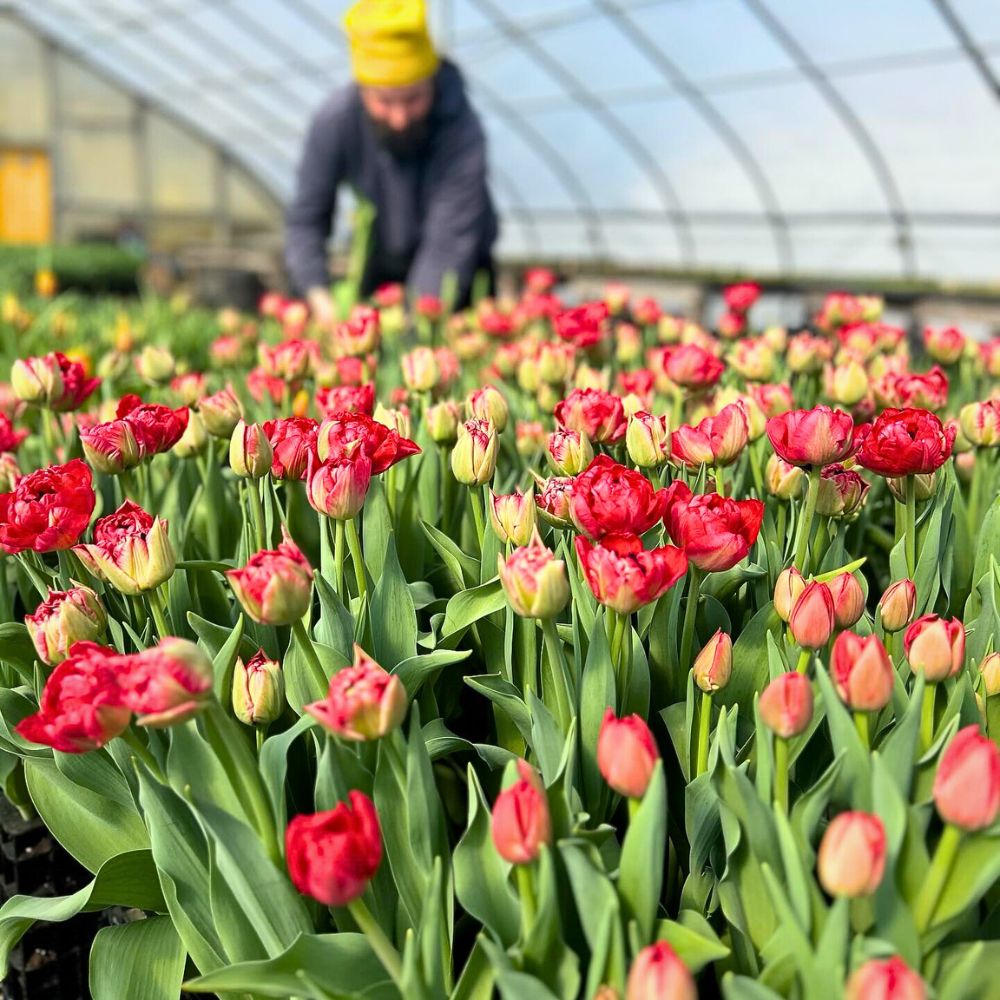
The Numbers That Tell a Story
Not too long ago, grabbing a bouquet at the flower shop was a simple pleasure with not much thought. Just pick the prettiest bunch, check it out, like it, and enjoy. But somewhere along the way, more people started asking those thoughtful questions about the convenient bouquets. That was where the change started coming in.
As a result, recent studies show that floral consumers are now willing to put their money where their values are when it comes to sustainable flowers. A comprehensive study by the Floral Marketing Fund found that 61% of Americans are more willing to shop from florists who practice sustainability, and here's the kicker—at least 50% of consumers indicated they are willing to pay 10% or more for flowers with sustainable attributes.
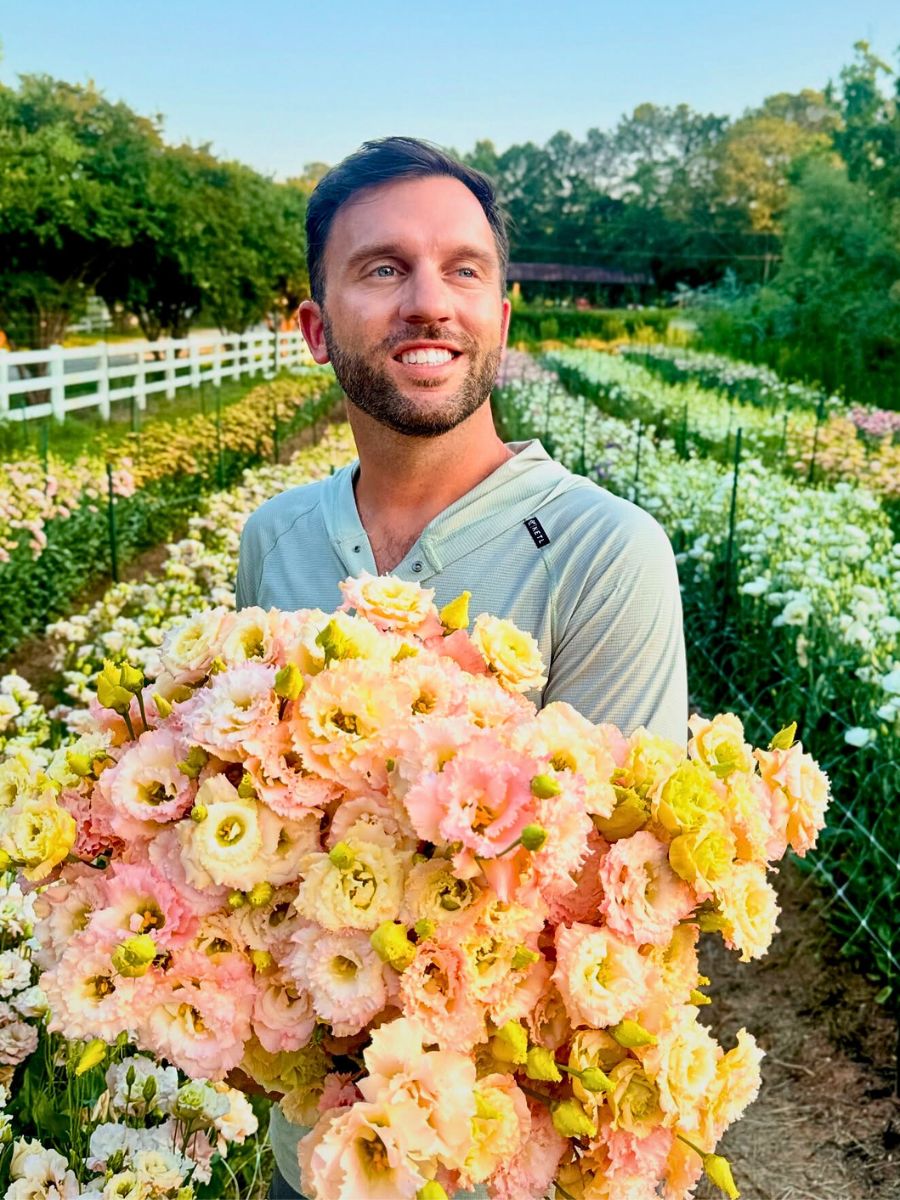
But it gets even more interesting. When consumers were asked specifically about locally grown flowers, 31% said they would pay a premium of 15% or more, with some willing to go as high as 20-25% for flowers sourced from nearby farms. The 2024 National Gardening Survey revealed something equally fascinating. 65% of respondents said it is very or somewhat important that the cut flowers and floral arrangements they purchase are locally grown. That is what purchasing power that drives change is all about.
What Is Behind the Attitude Change?
Several forces converge to push sustainable flowers from niche to mainstream. The generational shift is impossible to ignore. Younger shoppers—particularly millennials and Gen Z—have grown up with climate consciousness baked into their worldview. They are the same people who bring reusable coffee cups everywhere and research brands before buying. For them, asking about flower sustainability is expected. They want their purchases to match their principles, and flowers are no exception.
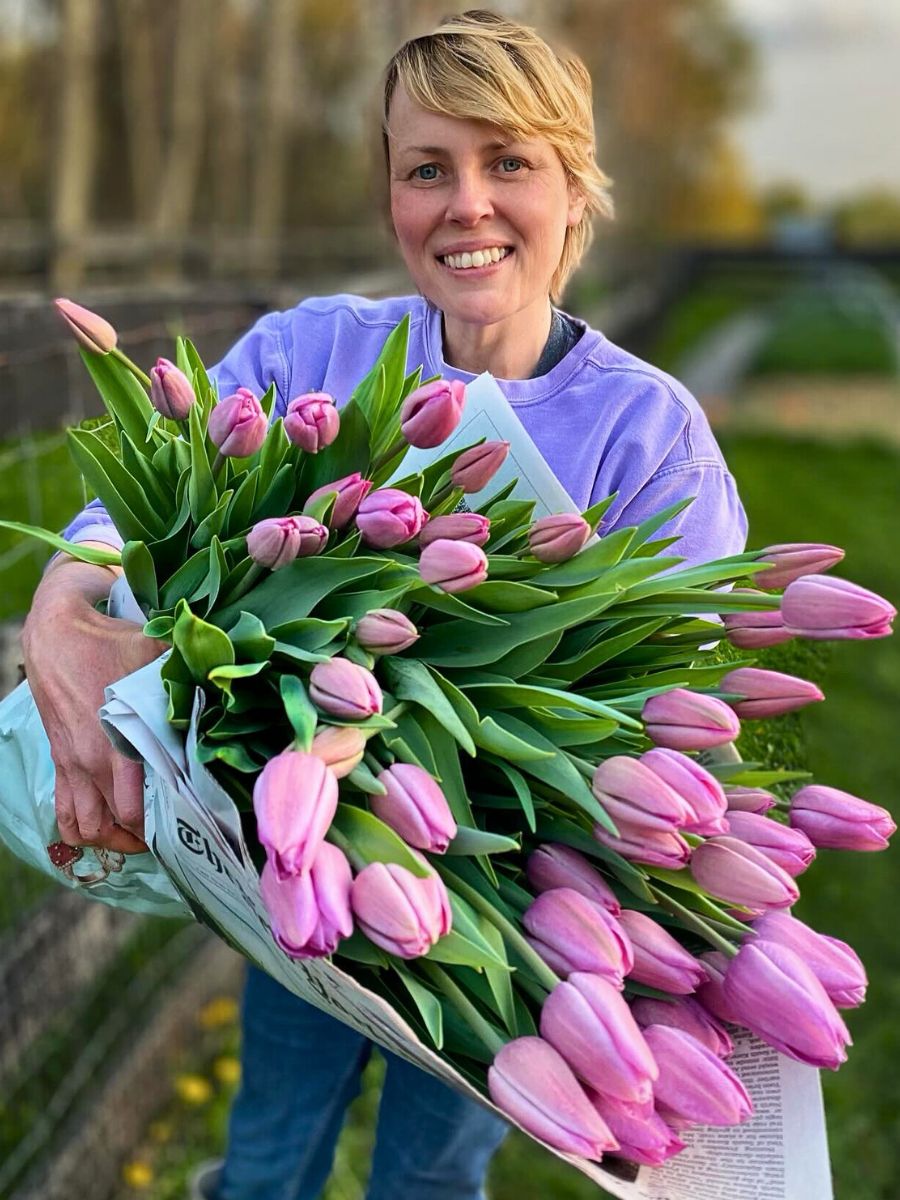
Social media has also changed the game. When flower farmers share behind-the-scenes content of their sustainable practices, it creates connection and transparency. People see real humans planting seedlings, harvesting at sunrise, and tending their fields without synthetic chemicals. These stories make the abstract concept of ‘sustainable’ suddenly very real and appealing.
There is also growing awareness about the link between environmental health and personal well-being. The same people reading labels on their food are starting to think about what chemicals might be lingering on flowers sitting next to their dinner table. It is all connected, and consumers are connecting those dots faster.
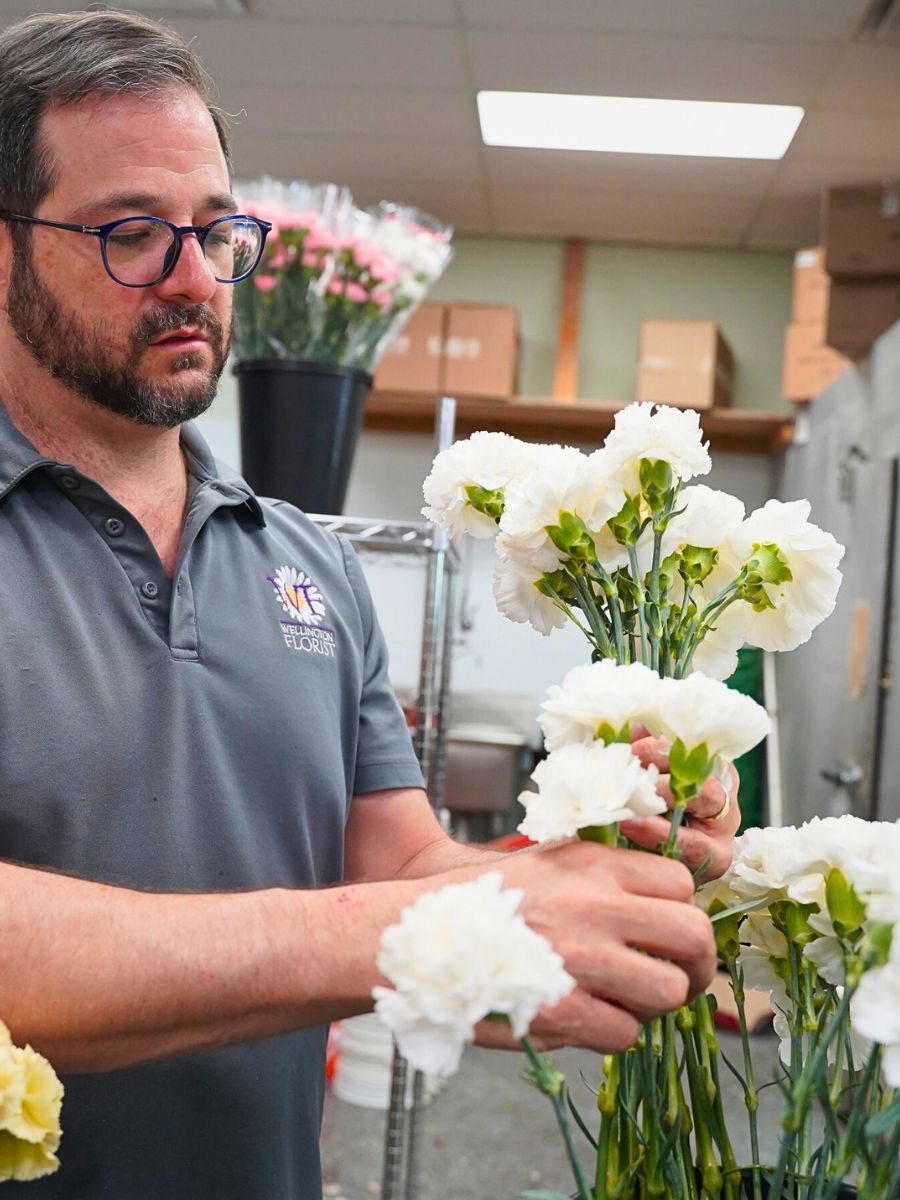
What, Therefore, Do the Consumers Look For?
In a study titled Evolving U.S. Consumer Trends in Sustainable Floriculture: A Decade-by-Decade Analysis from the 1990s to the 2020s, U.S flower buyers’ responses painted a picture of what matters to them the most. The top concern? Sustainable, recyclable, and reusable materials for floral design, followed closely by sustainably grown and sourced flowers. Their responses say more about modern consumers' preferences: they are thinking more integrally about their flower purchases. For them, it is not just about the growing practices anymore. They consider the entire experience, from the packaging that wraps their bouquet to the foam used in arrangements, and how these flowers reach their local flower shops.
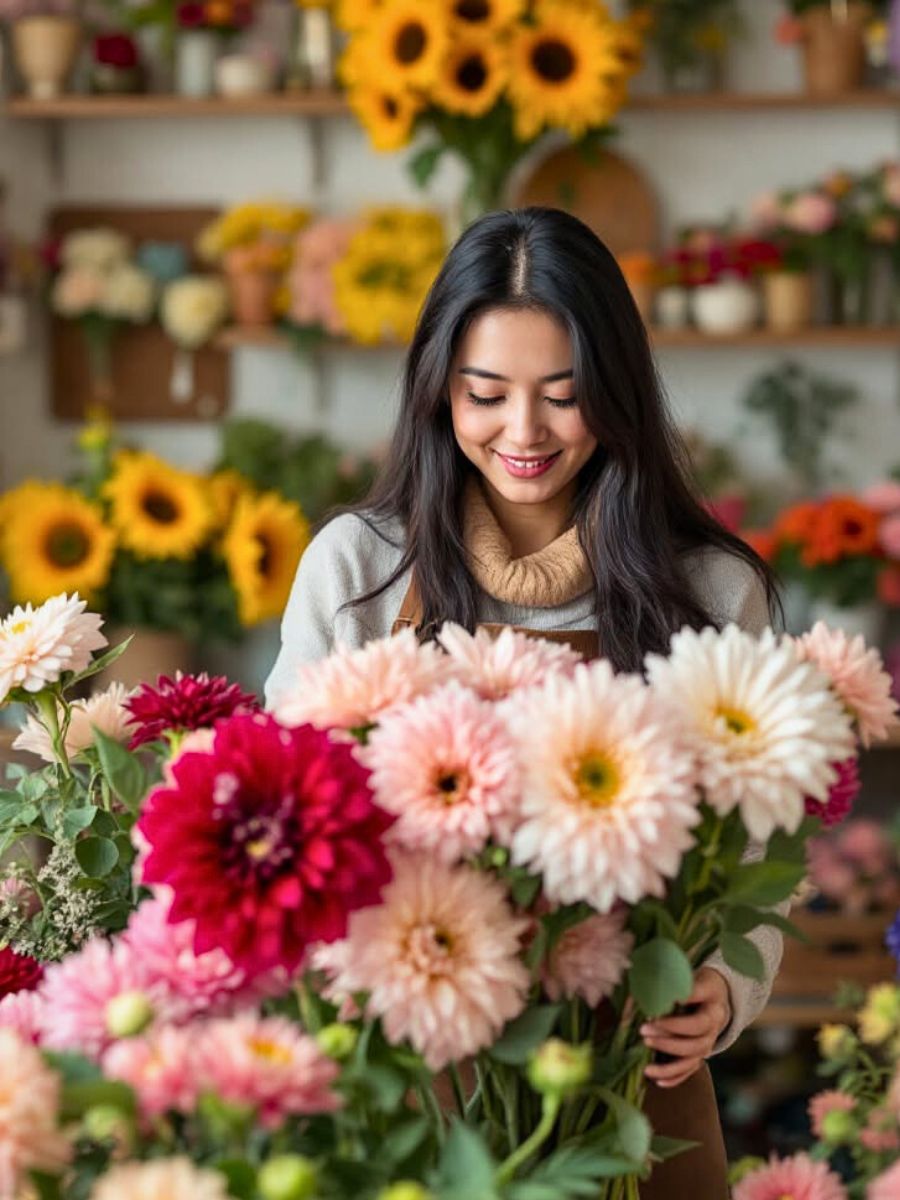
The younger generations are particularly passionate about these issues. Millennials have voiced strong inclinations toward sustainability in their purchasing choices, with research showing they prioritize very minimal pesticide usage and organic cultivation methods. Gen Z follows closely behind, seemingly placing the highest importance on sustainability, even more than brand names.
As a result, nowadays, a walk in a contemporary flower shop shows all the difference. Flowers and bouquets that speak sustainability are commonplace. There are more loose, garden-style arrangements. More seasonal selections that change throughout the year. And more signs highlighting local growers. Florists also report that customer requests have changed. Many now say that half or more of their clients specifically ask about sustainable flowers. This has forced them to rethink their entire supply chains and design approaches. But it is working. Because shops that adapt to these preferences often thrive since they give consumers exactly what they want.
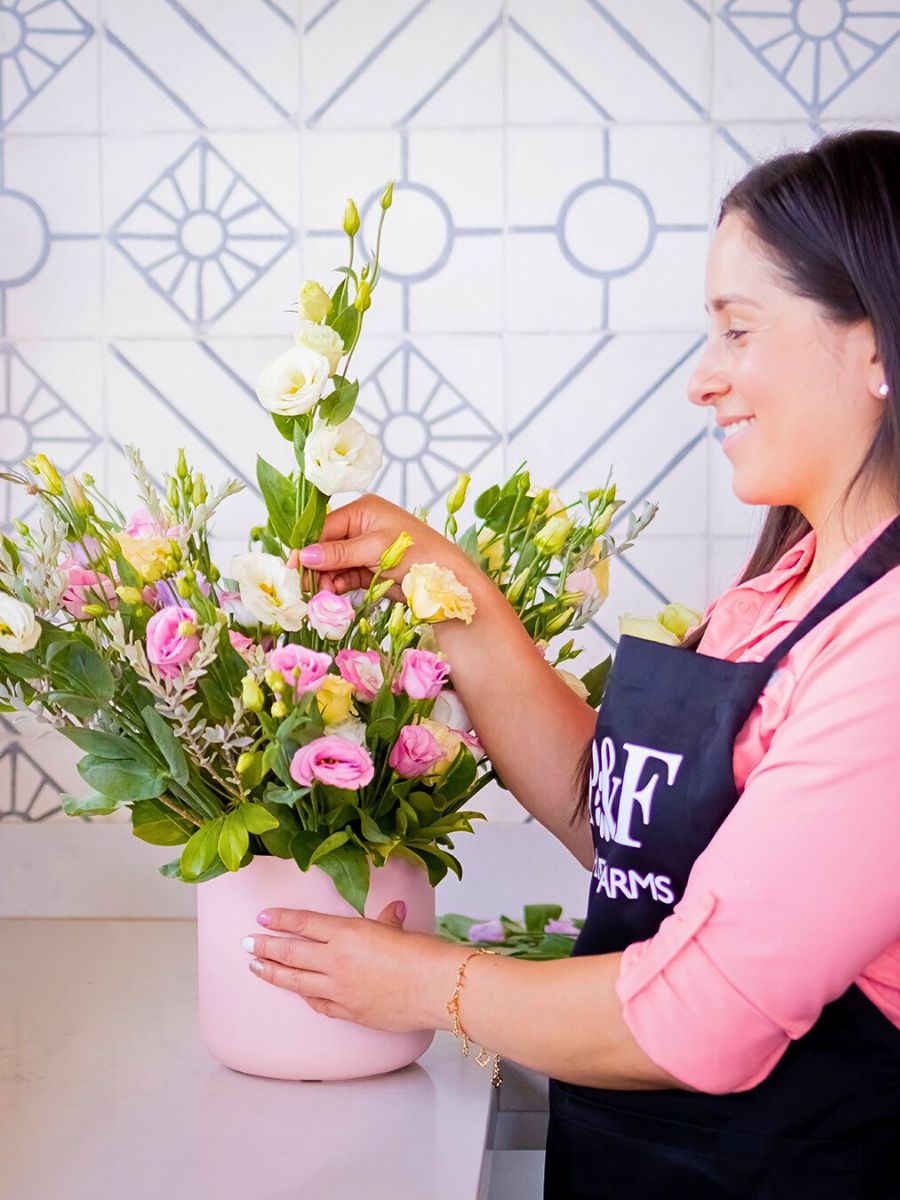
Adapting to Suit Consumer Preferences
Major growers, wholesalers, and retailers are paying attention, too. They have been for a long time. They are adapting to these changes because they have to. Certification bodies are, likewise, guaranteeing that sustainable practices are applied. Online delivery services are adding eco-friendly categories. Some retailers and flower chains clearly label their sustainably grown flowers.
Such is how, when enough customers and consumers make their preferences clear, the market responds. Of course, sustainable flowers sometimes cost more. Also, seasonal varieties are not always available year-round, so working with the global supply chains that adhere to ethical and environmental standards is the best model to use.
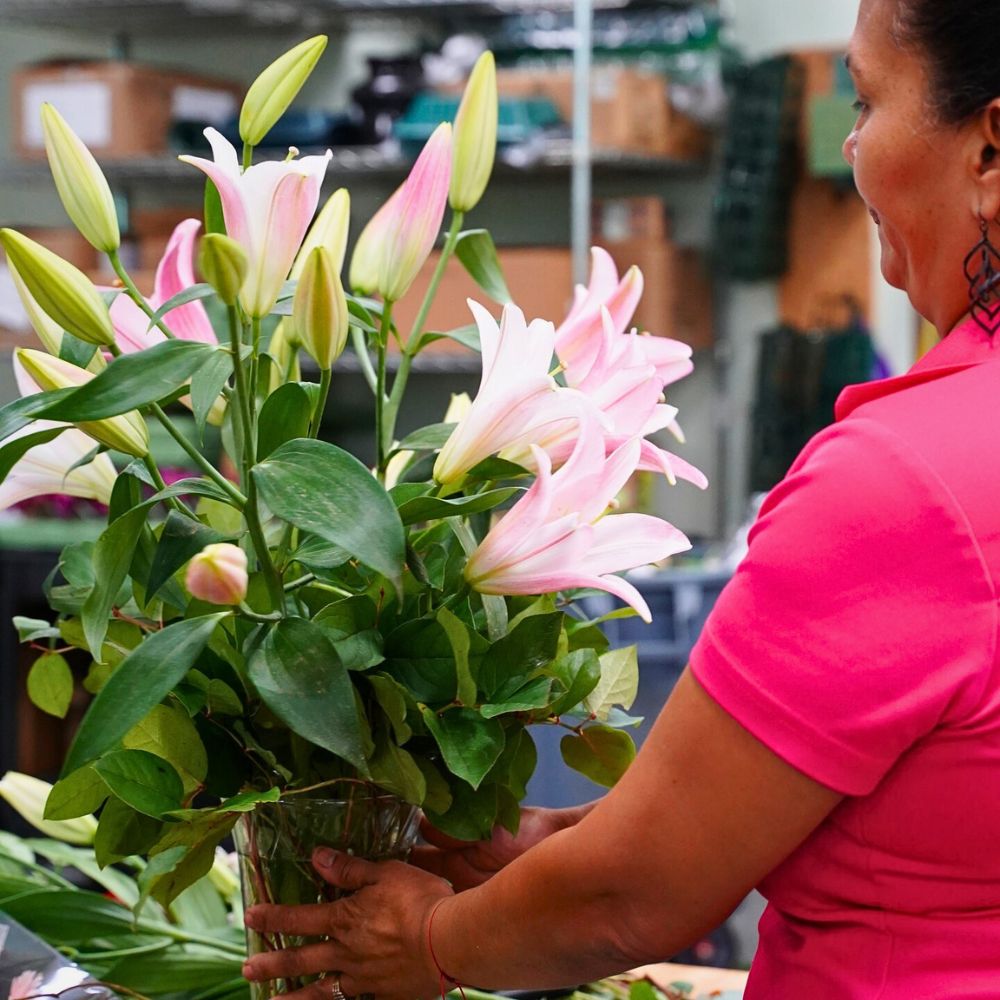
For growers, all these developments mean an opportunity to distinguish themselves through sustainable practices and transparent communication about their approaches. For florists, it means having conversations with customers about the origins and impacts of their purchases. For consumers, it means having more choices that support their values, even if those choices sometimes come at a premium.
Feature image by @flower_daise. Header image by Quang Nguyen Vinh.

